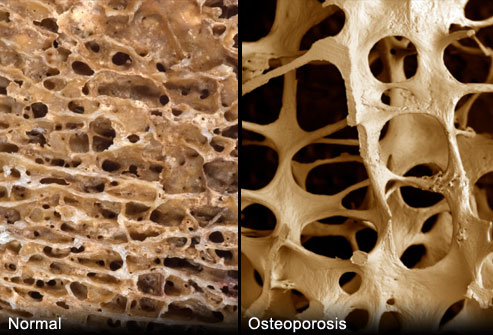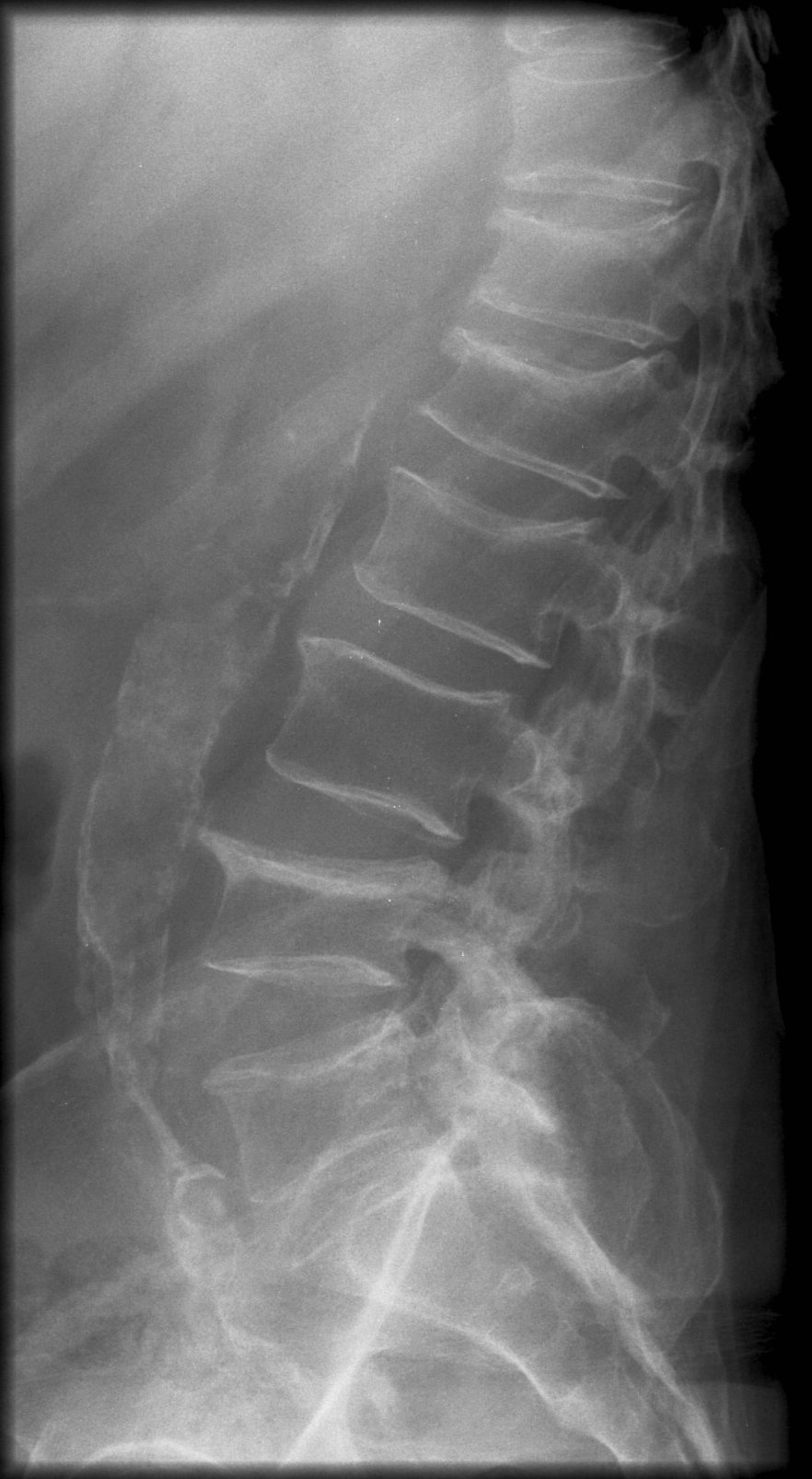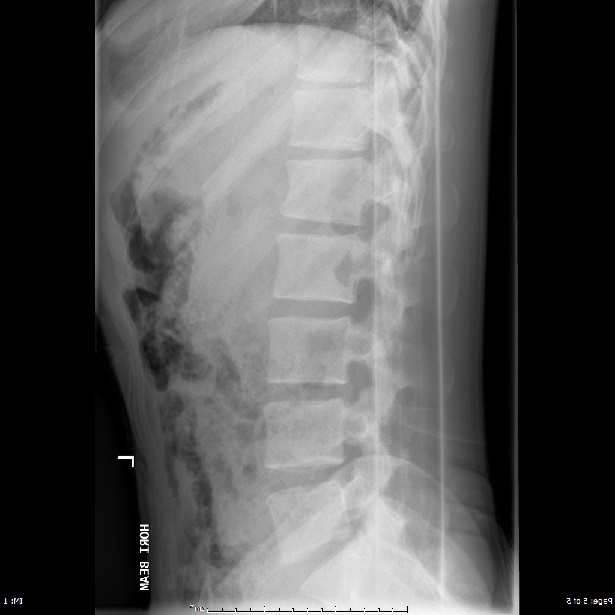Osteoporosis
Short Note
Osteoporosis
Is loss of Bone Density
Causes a decrease in the bone strength.
Leads to fractures
May cause chronic pain
Aetiology
More common in women
Familial
Aging
Small stature
Menopause
Chronic alcoholism
Anorexia
Hyperthyroidism
Hyperparathyroidism
Bilateral oophorectomy
Kidney disease
Hypogonadal states
Anticonvulsants
Chemotherapy
Osteoporosis may be due
Steroids
Proton pump inhibitors
Lack of exercise
Immobilization
Clinical Features
Elderly : Kyphoscoliosis due to compression fractures of the vertebrae
Chronic pain in the back, limbs and joints
Radicular pain
Fractures
Wrist - Colle's fracture
Hip fracture
Vertebral
Diagnosis
X-rays show increased radiolucency of the bones
Cortical thinning
CT scan
BMD scanning - classify the degree of osteoporsis :
Normal
Osteopenia
Severe osteoporosis
Biomarkers
Chemical biomarkers are a useful tool in detecting bone degradation.
Increased urinary excretion of C-telopeptides, a type-I collagen breakdown product, also serves as a biomarker for osteoporosis.
Quantitative ultrasound
Prevention
Prevention
Proper diet
Exercise
Stop smoking and alcohol
Calcium and Vit D3
Smoking cessation
Moderation of alcohol intake
Vitamin D supplements combined with calcium
Vitamin K
Weight-bearing endurance exercise and/or exercises to strengthen muscles improve bone strength
Teriparatide (a recombinant parathyroid hormone ) for women with postmenopausal osteo
Osteoporotic lumbar spines Normal bone density





